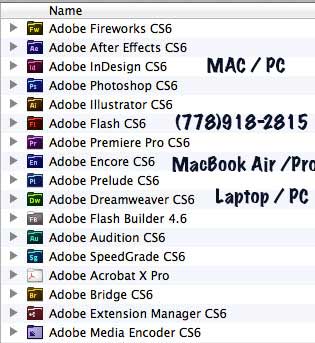

- #Diskwarrior 5 never loads or boots how to
- #Diskwarrior 5 never loads or boots install
- #Diskwarrior 5 never loads or boots update
- #Diskwarrior 5 never loads or boots mac
Apple added them to HFS+ for this purpose. Hard links to files are a common feature of file systems, but hard links to directories (folders) are not normally supported. Hard links are an incredibly efficient way of making each backup look as if it’s a complete copy of the original, when in fact all those files and folders which have remained unchanged since the last backup are represented by hard links back to the previous version. hard links to both files and folders, which are used to minimise the size of TM backups.the FSEvents database, which records changes made to the files and folders on each volume.Other strategies are adopted by competitors, including most notably Mike Bombich’s Carbon Copy Cloner and David Nanian’s SuperDuper!įor many years, TM relied on two features which were distinctive of macOS: it generally works well, and can back up to a wide range of media, which needn’t be costly.by default, it makes small backups each hour, which fit in with most usage patterns better than making large backups each night.it uses macOS to create a Finder illusion, with which users are familiar.TM is only one choice among a range of backup systems for macOS. When you want to restore any item(s) from your backup, you can select which version of them to retrieve, going right back to the very first. Each backup after that is then a copy of everything that has changed since the last backup was made. The first backup just consists of a copy of everything that the user wants backed up. Making backups is, in principle, a simple task. This first article explains the principles involved, how they’ve changed over different versions of macOS, and the tools you need for diagnosis. But without understanding what is going on when backing up, that didn’t make much sense. I didn’t intend writing a series, just a single article about its issues in Catalina.
#Diskwarrior 5 never loads or boots how to
Not my area.This is the first in a series of articles in which I will try to explain much of what I know about Time Machine (TM), starting from its basic principles, how it is implemented in macOS from Sierra (and earlier) to Catalina, and how to troubleshoot and fix its problems. Just thoughts from one who really doesn't know much about these things. Why it started up once is still a mystery but it was when I just first started the computer after having the new disk installed.Looking for a new startup file may have been the reason that it started once and now that the new startup file has been established - no more mounting. I think that it just can't find the startup file.

I feel that the startup files have been corrupted and I need to be able to fix that in order for the disk to mount. When in the iMac, I had no problems with the disk at all til when updating Yosemite I had the computer shut down. I am sure that the directory is the major problem. So maybe Disk Drill will be able to access it.
#Diskwarrior 5 never loads or boots mac
Have not used Disk Drill yet but when I was using some of the Mac pieces the disk could be seen but not accessed. I have not today had any time to work on the old disk and will not have any time til this evening to spend with it. Let us know if you have success with that.
#Diskwarrior 5 never loads or boots update
You could try the earlier suggestion in that link regarding the Startup manager, but since you were in the middle of installing an update to the OS, it might be best to try first with booting to the Recovery Partition. Note that it also eventually recommends booting to the Recovery Partition. This link also discusses issues with the flashing question mark:
#Diskwarrior 5 never loads or boots install
Not sure how far along the upgrade to OS 10.10.4 went, but whether or not it got that far, it would be best if you download and install the OS 10.10.4 Combo Updater. What you need to do is run Disk Utility from there and 1) Verify and Repair the disk at the Volume (ie, top) level, and 2) Verify and Repair Permissions, and Verify and Repair the Disk, at the Partition (ie, second) level.Īssuming that works and you can subsequently re-boot your machine, check the version of Yosemite that you have.

It will take some time for the boot process to complete, but eventually you will get to the main screen described in that link. To boot your iMac into that partition, hold down the Command and R keys as your iMac starts up. Since you are using Yosemite, there should be a Recovery Partition ("normally" invisible to the user) on your internal hard drive.


 0 kommentar(er)
0 kommentar(er)
